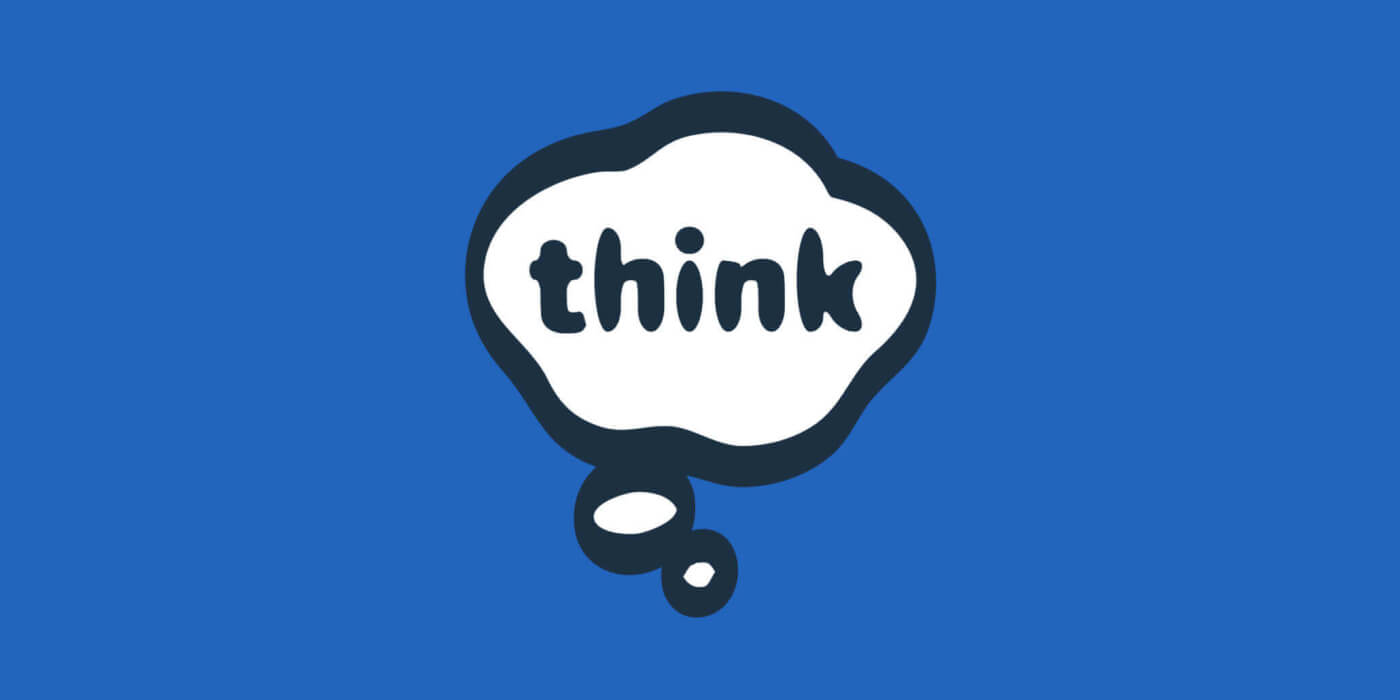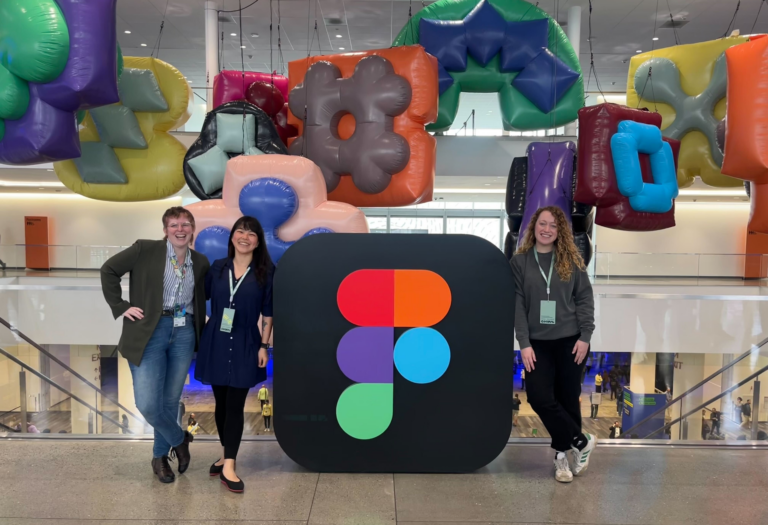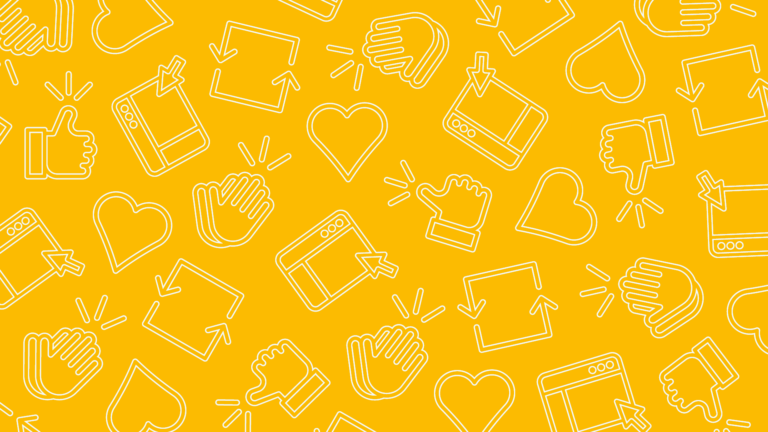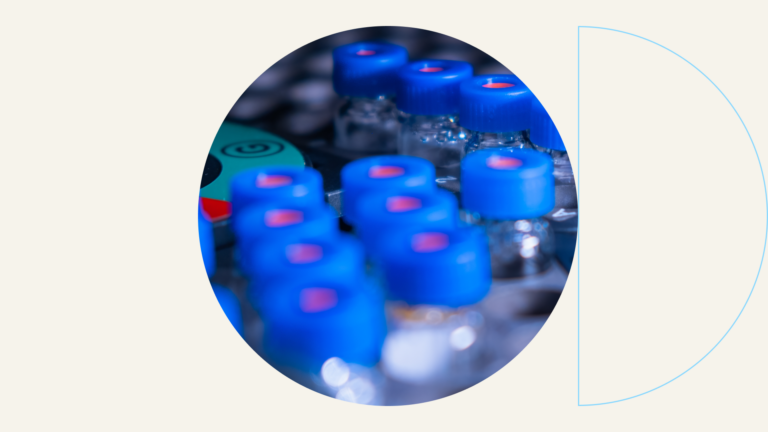Tips for All Designers (A Follow-Up)

If you didn’t happen to read the article “Letter to a Junior Designer” on A List Apart, I’d consider that prerequisite reading for this post—a great introspective piece by Cennydd Bowles. We here at Think Brownstone certainly read it, and it sparked a lot of positive chatter on our internal collaboration network.
A team member posted it initially, calling out the great quote: “Your words matter: be careful not to get carried away. Passion is useful, but you’ll be more effective when you demonstrate the evidence behind your beliefs, rather than the strength of those beliefs.”
Dan chimed in with, “Wow, excellent letter. A part of me agrees completely and a part of me takes it personally.”
Then I piled on with a brain dump of additional thoughts sparked by Cennydd’s piece. As has happened before, a few people responded with, “um…sounds like a BLOG POST?” So, here you have it. I thought the article was great, and have wanted to write about some similar thoughts for a while… now I don’t have to, but I’d add these points of my own:
Iterate quickly
Speed is important, but not speed to create a deliverable. The speed at which you iterate will help you create > test > scrap > restart ideas for yourself. Design can only be evaluated if it is seen; talking about an idea only get’s you so far. The quicker you can visualize it (for yourself and others), the quicker you can make a well-informed decision.
Avoid jargon
Justifying your decisions is only the start of selling a design. You need to speak about your design to the lowest common denominator without jargon. To that point, you also need to include some opportunities for educating clients in your explanation (based on conventions, knowledge, etc.).
Give them a guided tour
Seeing the Philly Pops recently opened my eyes to just how valuable explanation is. While I enjoy music, the conductor’s explanation to the audience about what to listen for as the piece progressed helped me enjoy the music so much more. If you’re tasting wine, knowing what should come across based on the tasting notes helps you enjoy it more. Walking someone through a design helps them see the decisions that were made and better connect with it. A great song or design can (and should) be appreciated without explanation, but the insight is helpful.
Throw your work away
If you can’t throw your work away, it’s too personal. Every new iteration has the potential be better than your last. Every project brings lessons with it that will make your next go-around better—so if you think what you just did was fantastic, wait until you do it again.
Paula Scher explained this perfectly in her interview for Hillman Curtis when describing her creation of the Citi logo, which she drew in a few seconds on a napkin after the kickoff meeting. When asked how she could figure it out in a second she said, “It is done in a second, and 34yrs. It’s done in a second and every experience and every movie and every thing that’s in my head.” (Source.)
Never Settle
Only present the best you can produce. If you present less-than-optimal work, you are getting feedback on things that could have been avoided if you considered every angle / pixel / etc. If it’s not something you’re proud of, why should your client be proud of it or accept it?
The client is always right
Your client is right, no matter how wrong they are. They may introduce challenges or constraints that are absurd, but design is often made better by constraints—so embrace them. The best work I’ve done was when I thought the client was being unreasonable and forced me to kick out the best of what I could do the next pass. If their feedback seems off base it may also be that they need more explanation. Never be defensive; find a better way to approach the next conversation.
Give clients your undivided attention
I heard an interview once that has resonated with me where the consultant said something along the lines of, “Your client should always feel like they’re your only client. That their needs are the most important, all of the time.” You may very well be busy because you’re juggling multiple projects, but it can probably be presented differently to the client.
This is a great lesson from the hospitality industry. If you’re staying at a hotel, the only thing you care about is the call you just made to the front desk requesting something, and the time it takes to get to your room. The last thing you want to hear is that there are 500 rooms that need a turndown for their guests before they can deliver the tube of toothpaste you forgot.
Aesthetics are only a fraction of the design consideration
Does the visual layer align with business objectives—profit, cost to implement, brand considerations, etc.? Does it truly add value to the user? One of our core tenets at Think Brownstone is that we’ve got a system of checks and balances in place for that, so that our modus operandi is: Biz Goals + User Value + Technology Specs = User Experience Design.
Thanks again, Cennydd!



